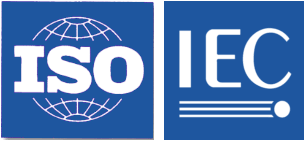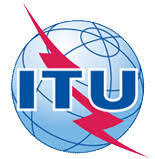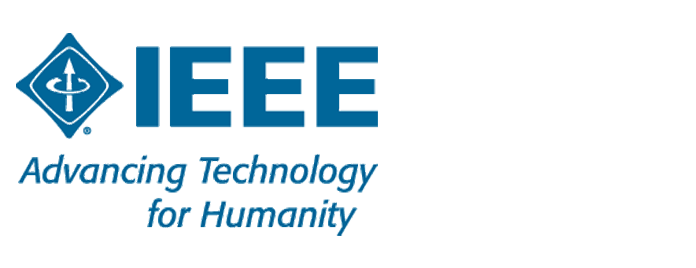Condition monitoring and diagnostics of machines — Prognostics — Part 1: General guidelines
ISO 13381-1:2015 provides guidance for the development and application of prognosis processes. It is intended to
- allow developers, providers, users and manufacturers to share common concepts of prognostics,
- enable users to determine the data, characteristics, processes and behaviours necessary for accurate prognosis,
- outline appropriate approaches and processes to prognostics development, and
- introduce prognostics concepts in order to facilitate future systems and training.
Other parts will include the introduction of concepts of the following forms of prognostic approaches: performance changes (trending) approaches (ISO 13381-2), cyclic-driven life usage techniques (ISO 13381-3), and useful-life-remaining models (ISO 13381-4).




